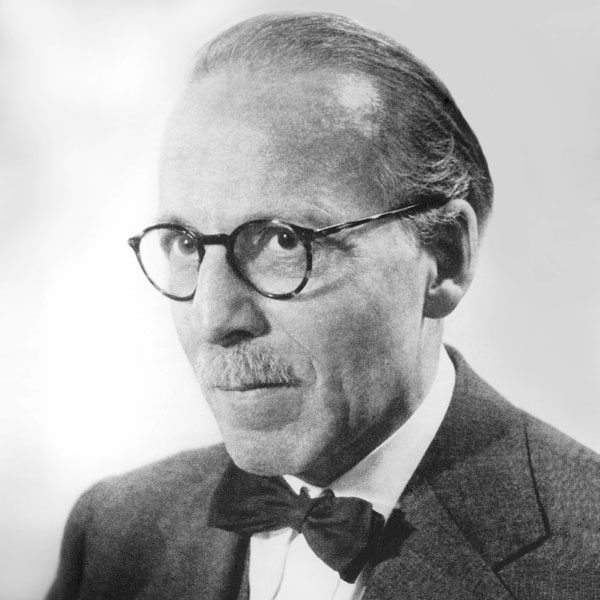
Franz M. Groedel, MD, MACC
(1949 - 1951)
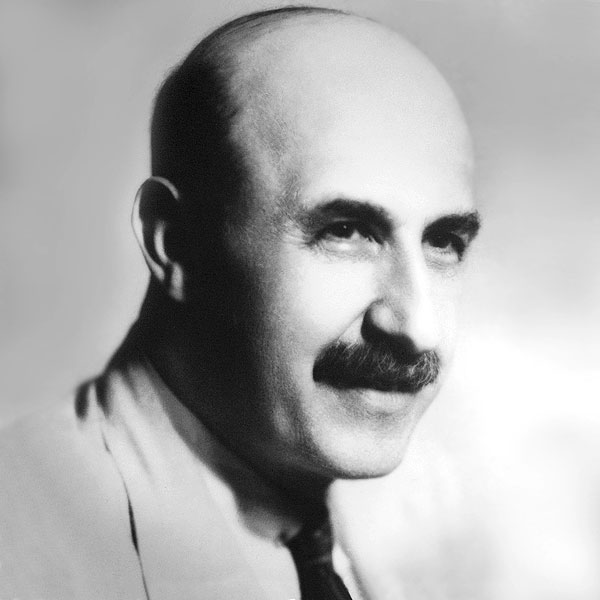
Bruno Kisch, MD, MACC
(1951 – 1953)
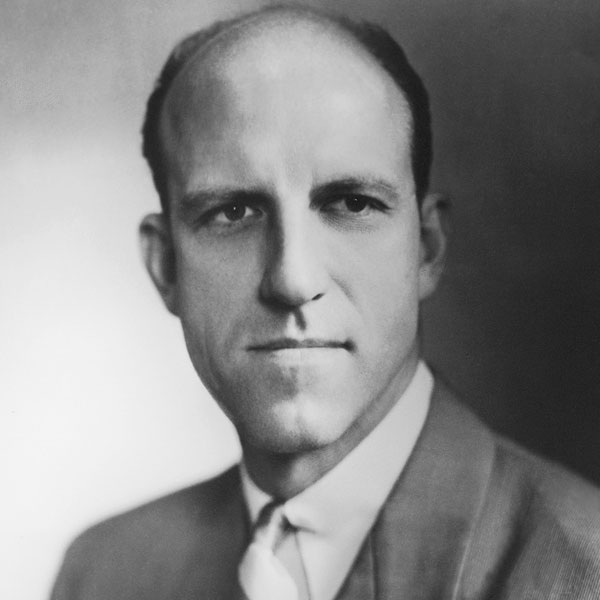
Robert P. Glover, MD, MACC
(1953 - 1954)
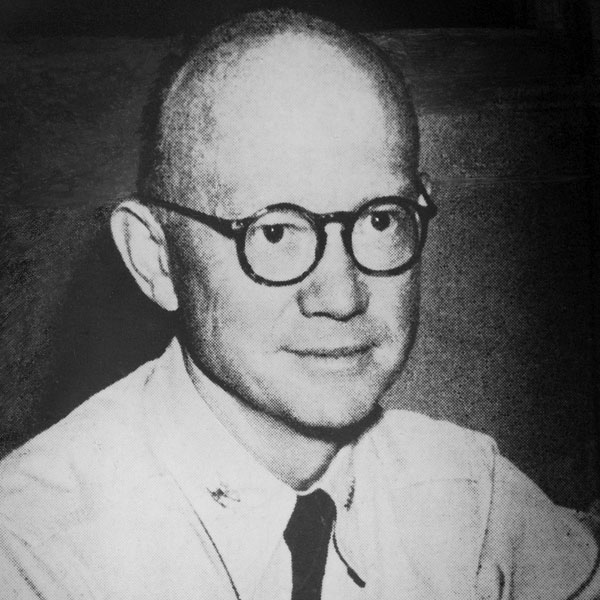
Ashton Graybiel, MD, MACC
(1954 – 1955)
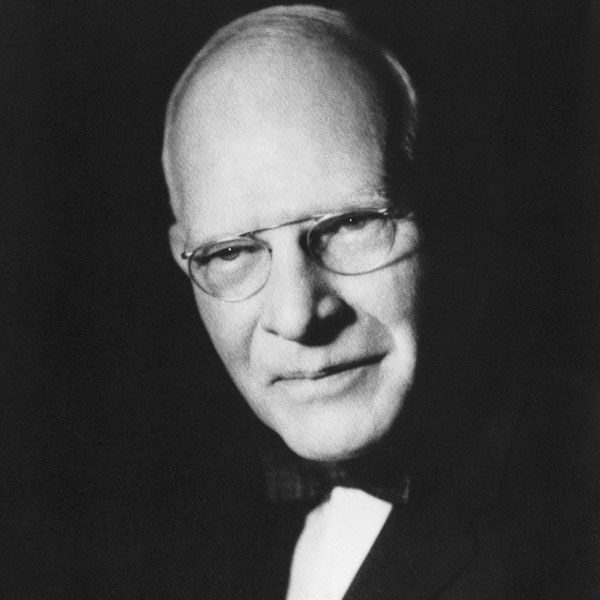
Walter S. Priest, MD, MACC
(1955 - 1956)
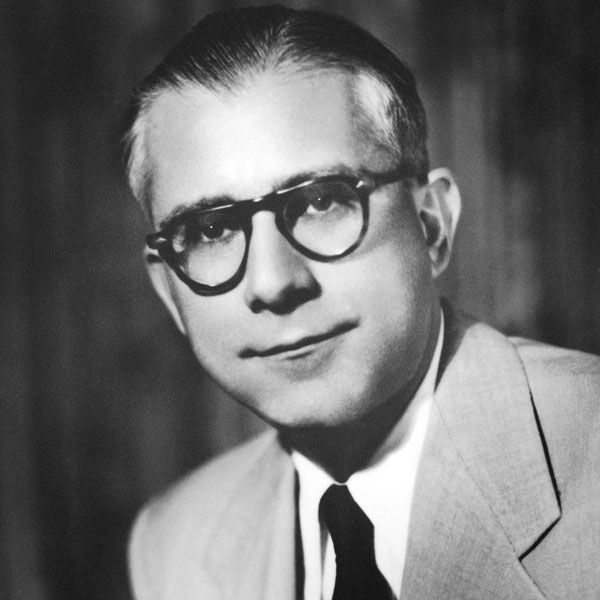
Simon Dack, MD, MACC
(1956 – 1957)
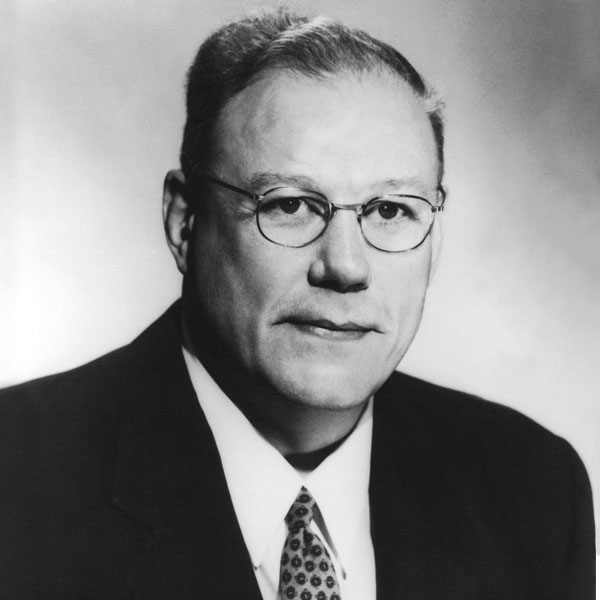
Geoger R. Meneely, MD, MACC
(1957 – 1958)
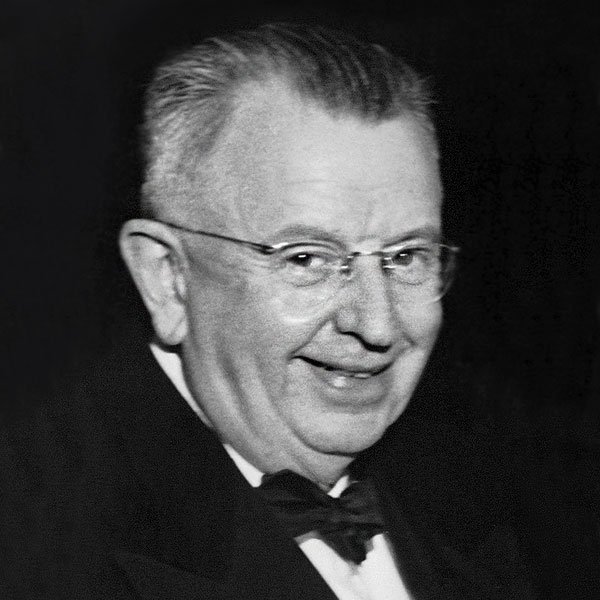
George W. Calver, MD, MACC
(1958 -1959)
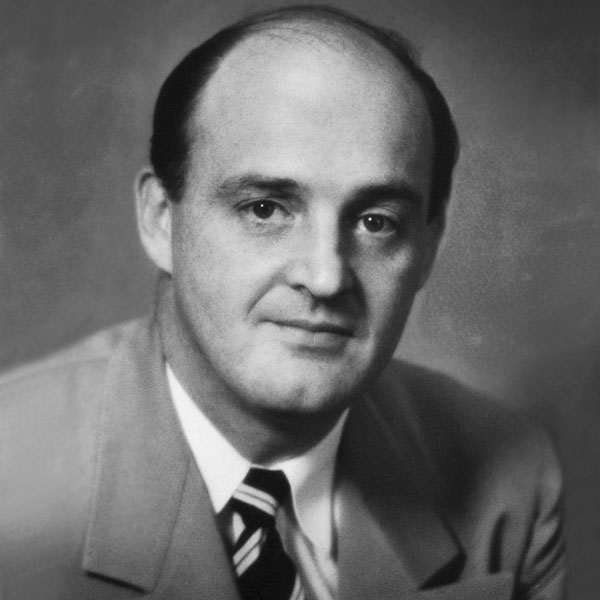
Osler A. Abbott, MD, MACC
(1959 -1960)
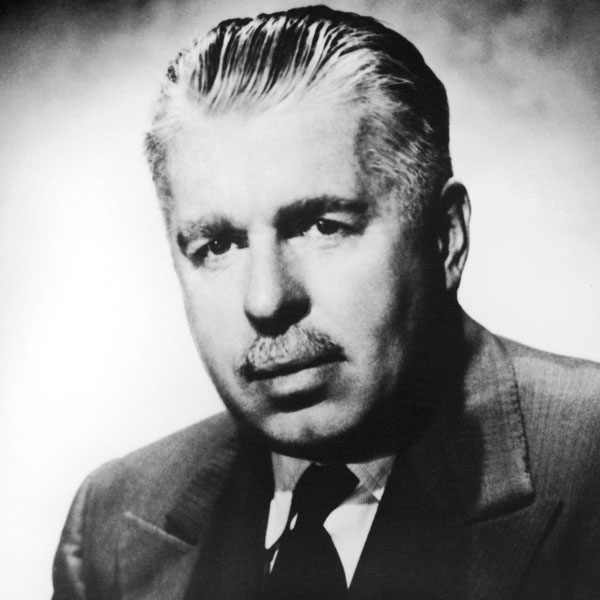
Louis F. Bishop, MD, MACC
(1960 – 1961)
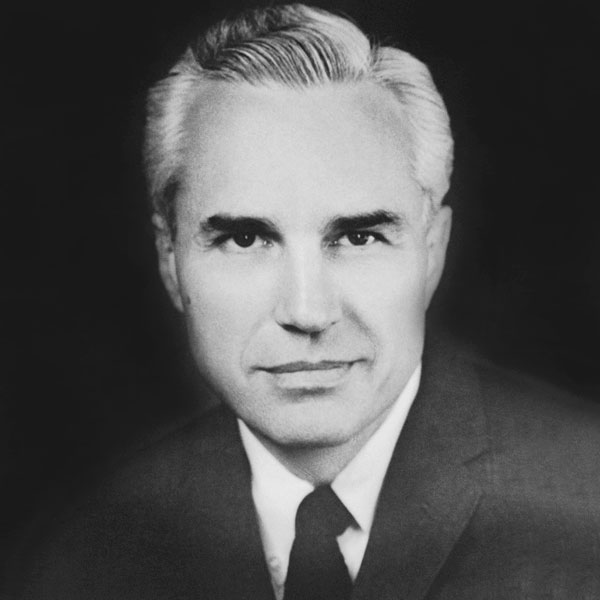
E. Grey Dimond, MD, MACC
(1961 - 1962)
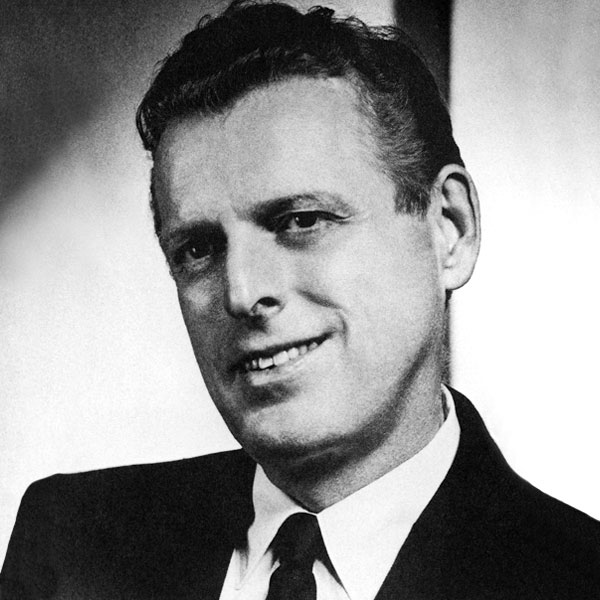
John S. LaDue, MD, MACC
(1962 – 1963)
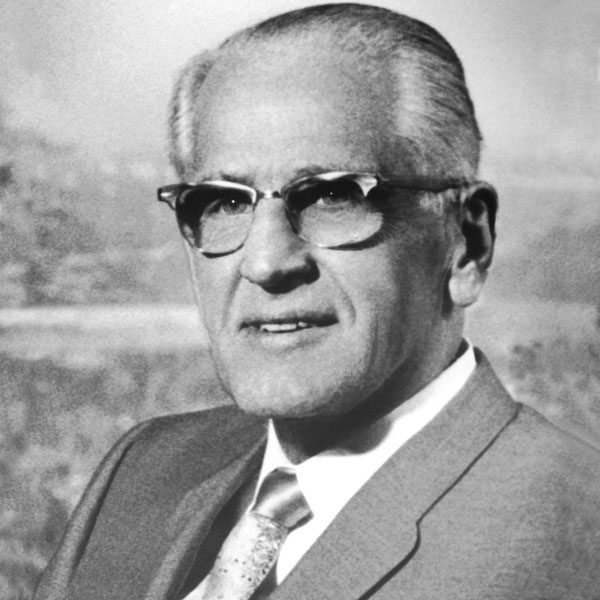
George C. Griffith, MD, MACC
(1963 – 1964)
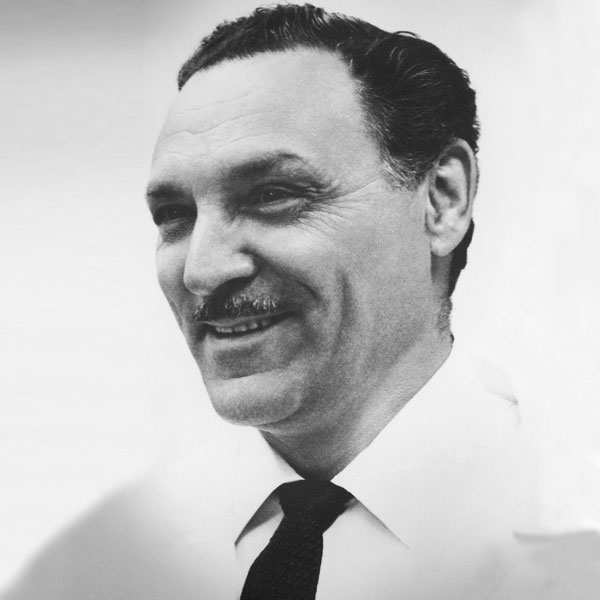
Eliot Corday, MD, MACC
(1965-1966)
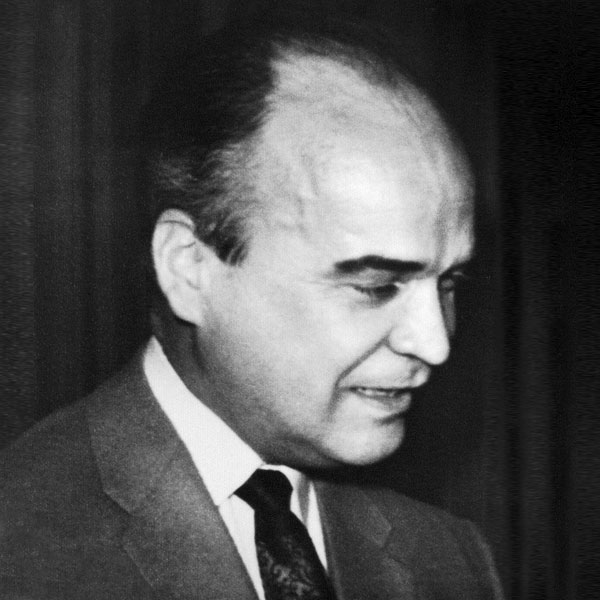
C. Walton Lillehei, MD, PhD, MACC (1966-1967)
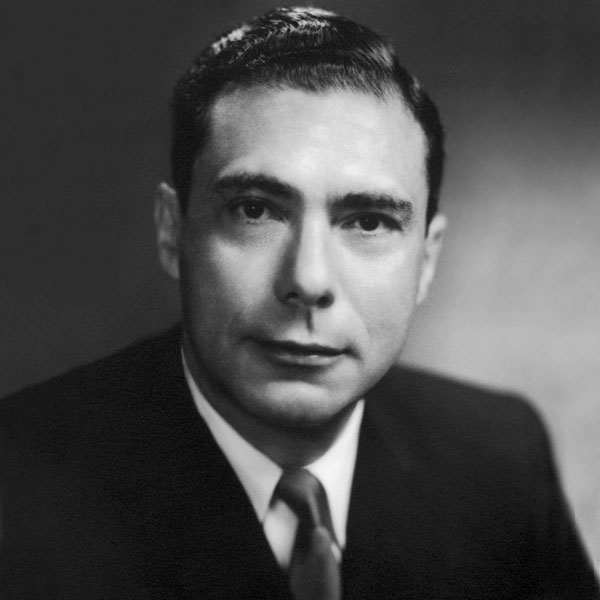
William Likoff, MD, MACC
(1967-1968)
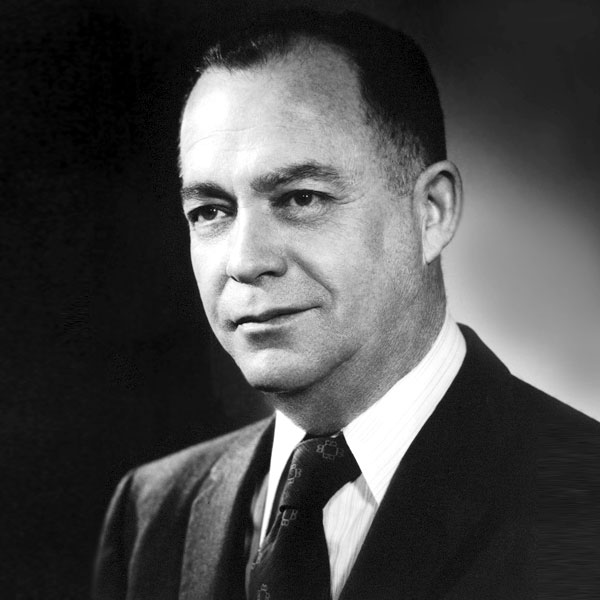
George E. Burch, MD, MACC
(1968 -1969)
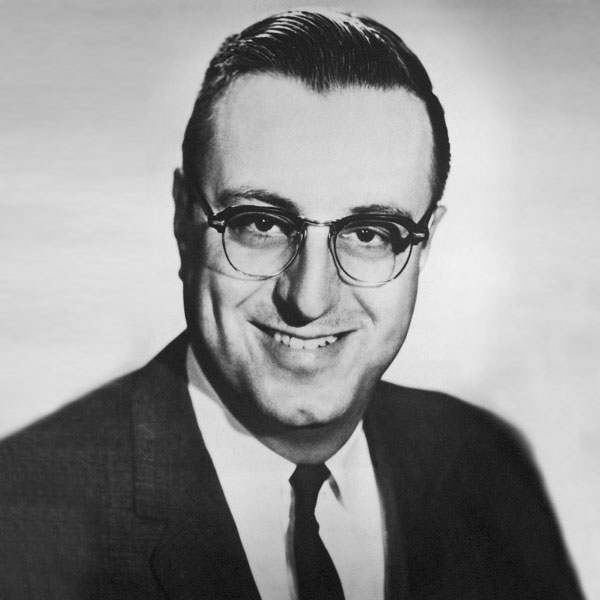
Bill L. Martz, MD, MACC
(1969-1970)
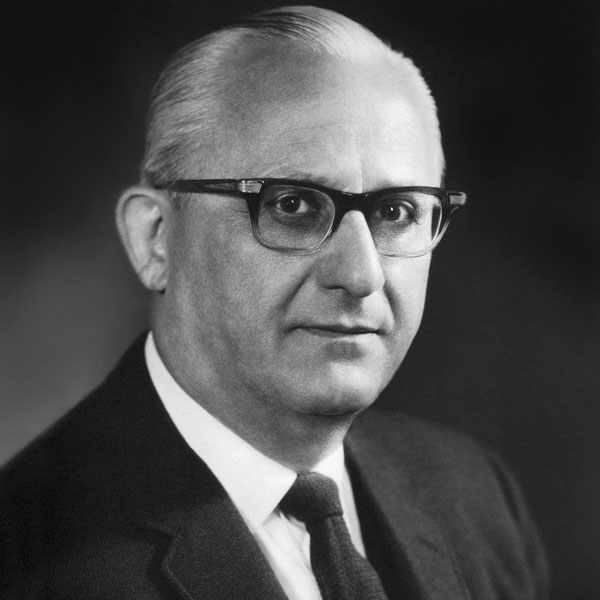
William A. Sodeman, Sr., MD, MACC (1970-1971)
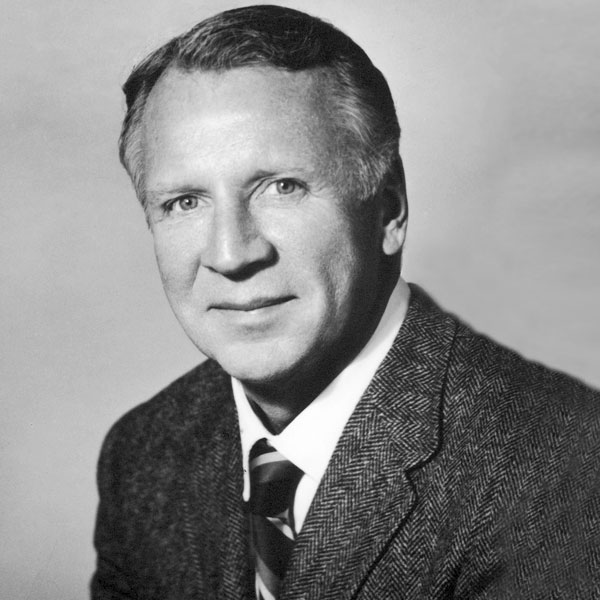
Forrest Adams, MD, MACC
(1971 - 1972)
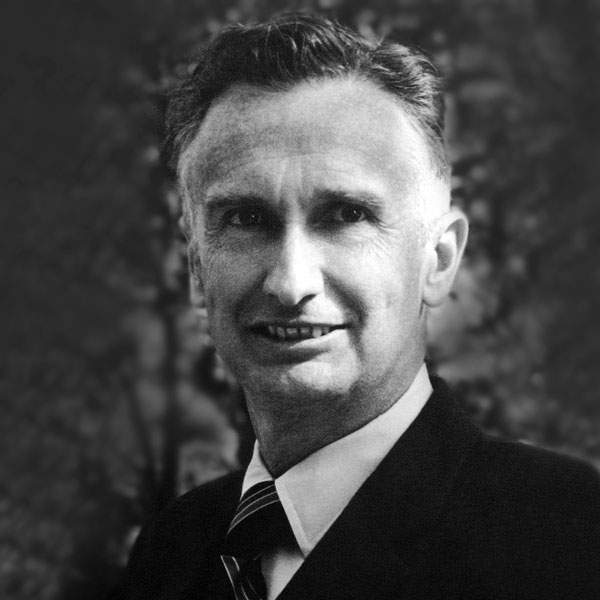
Samuel M. Fox, III, MD, MACC
(1972 - 1973)
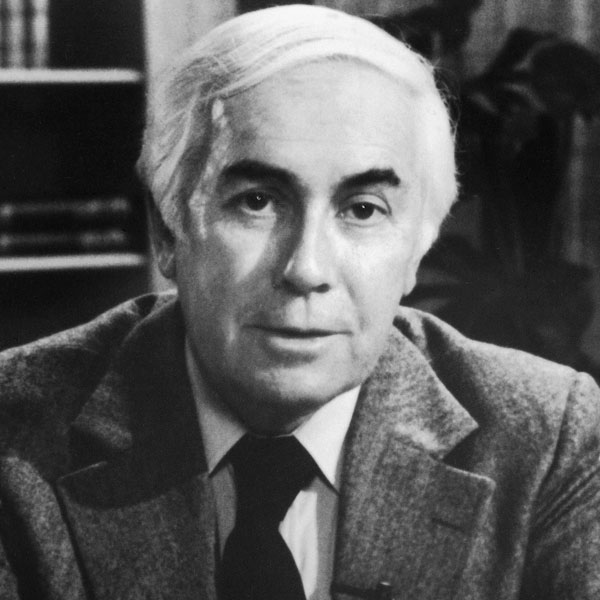
Harold J. C. Swan, MD, PhD, MACC (1973 – 1974)
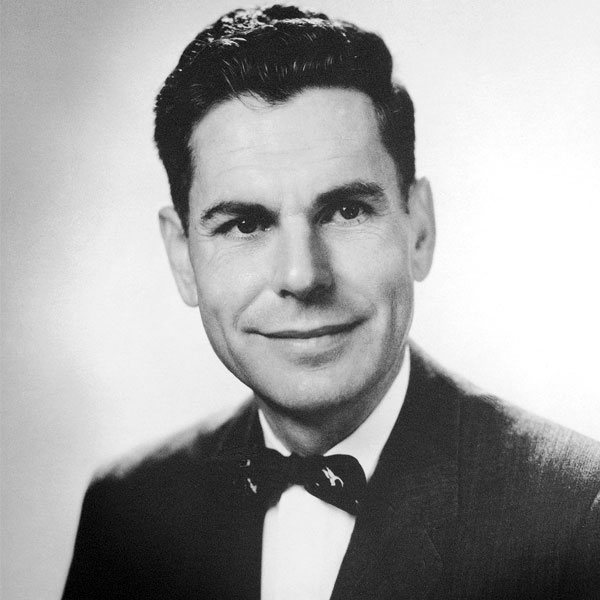
Henry D. McIntosh, MD, MACC (1974 - 1975)
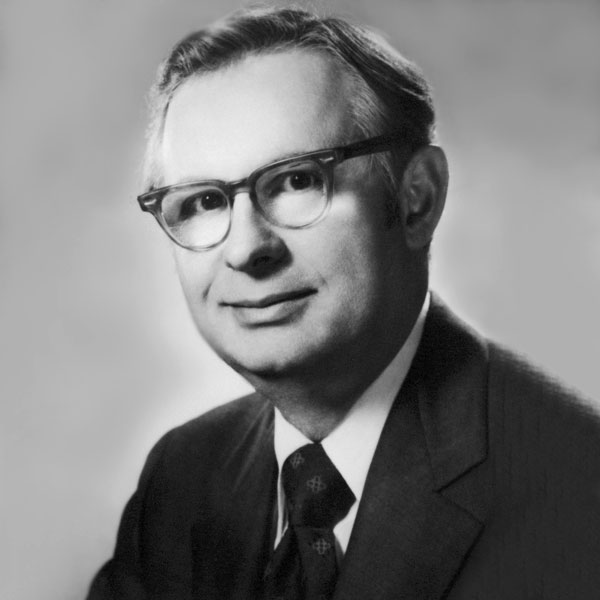
Charles Fisch, MD, MACC
(1975 – 1977)
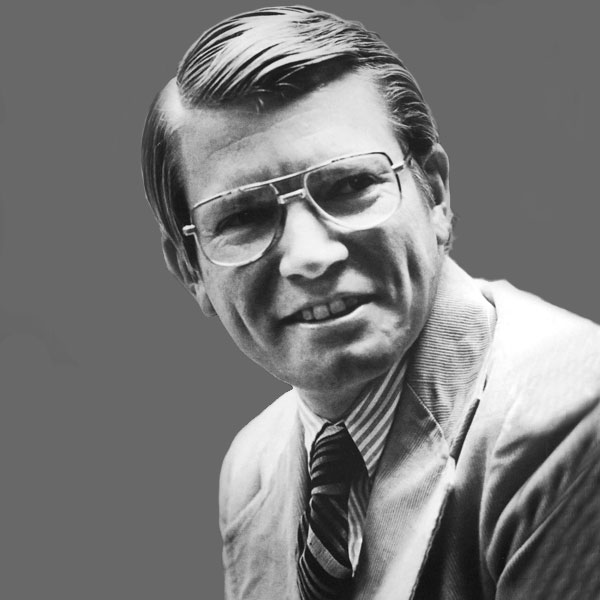
Dean T. Mason, MD, MACC
(1977 - 1978)
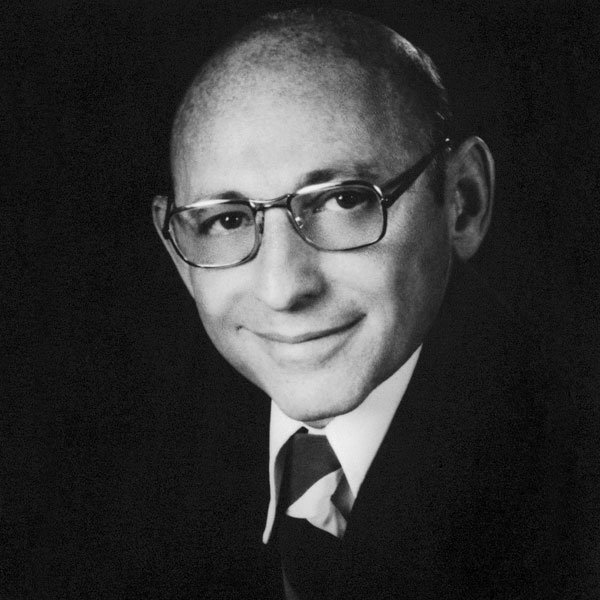
Leonard S. Dreifus, MD, MACC (1978 - 1979)
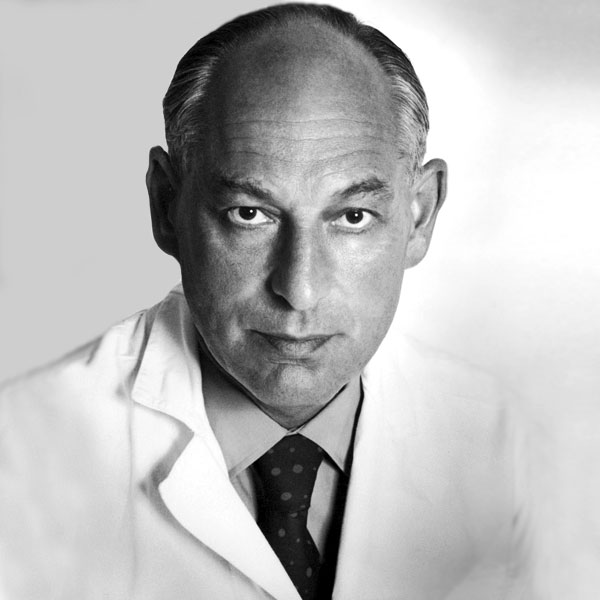
Borys Surawicz, MD, MACC
(1979 - 1980)
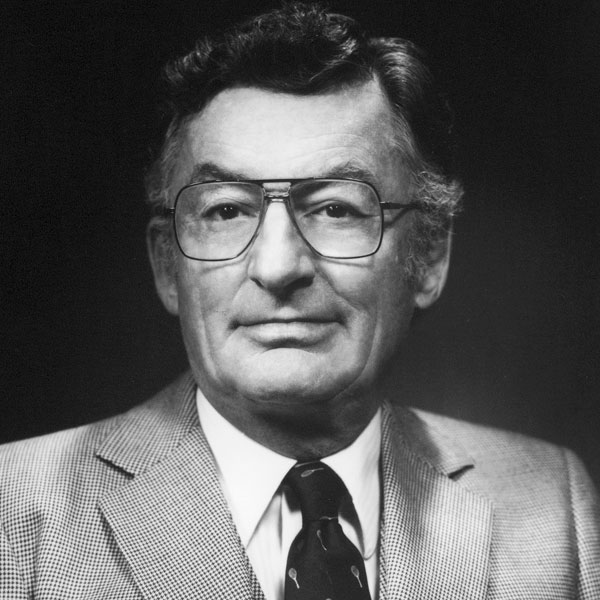
Robert O. Brandenburg, MD, MACC (1980 - 1981)
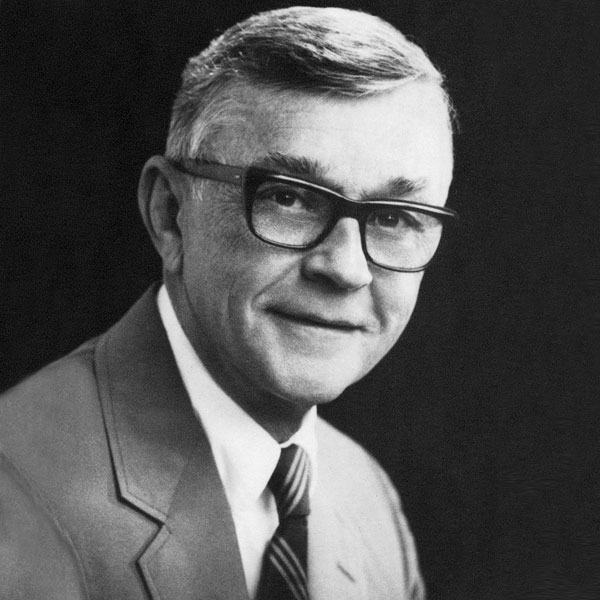
Dan G. MacNamara, MD, MACC (1981 - 1982)
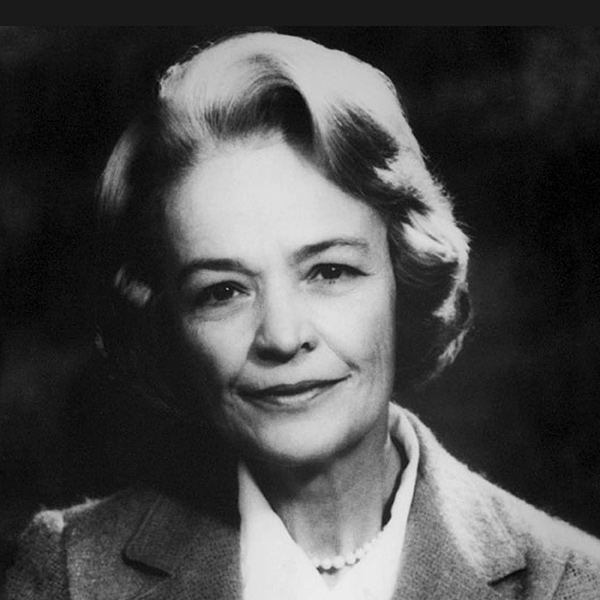
Suzanne B. Knoebel, MD, MACC (1982 - 1983)
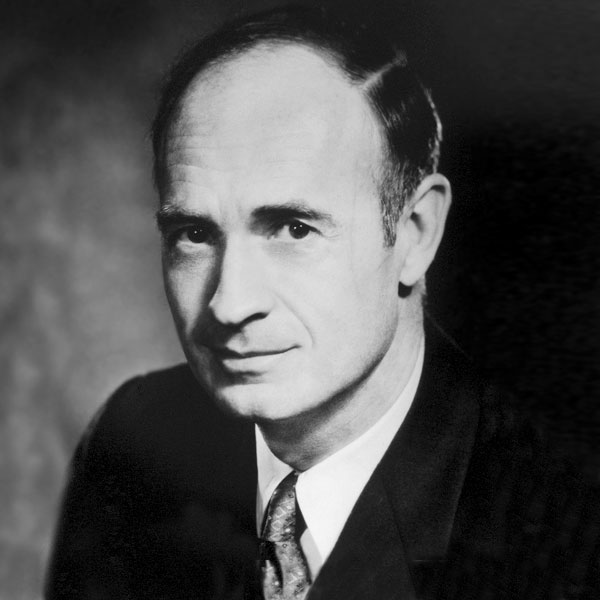
Paul A. Ebert, MD, MACC
(1983 - 1984)
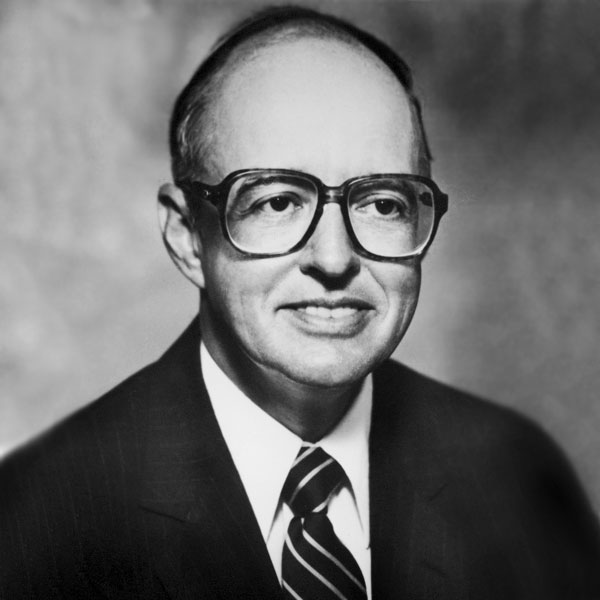
John F. Williams, Jr., MD, MACC (1984 - 1985)
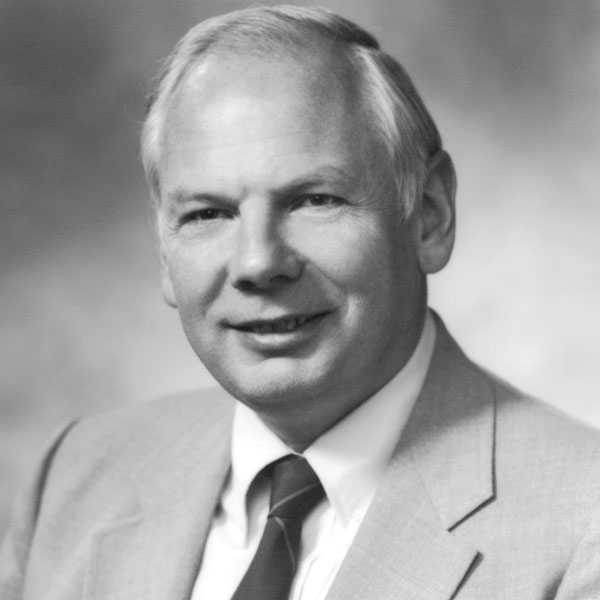
William W. Parmley, MD, MACC (1985 - 1986)
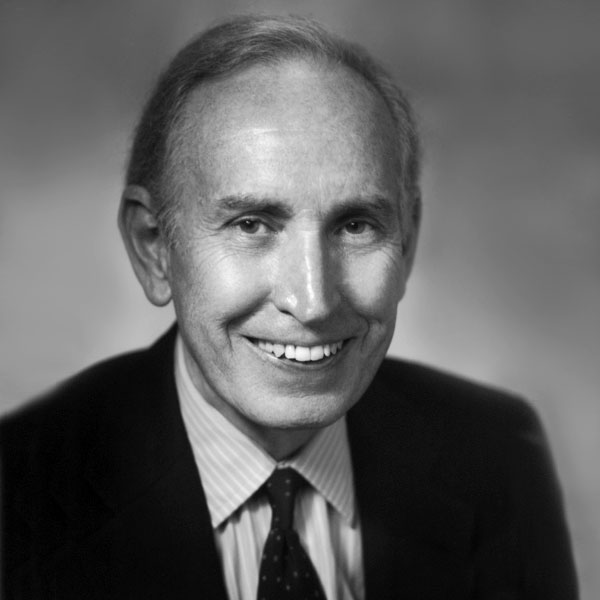
John Ross, Jr., MD, MACC
(1986 - 1987)
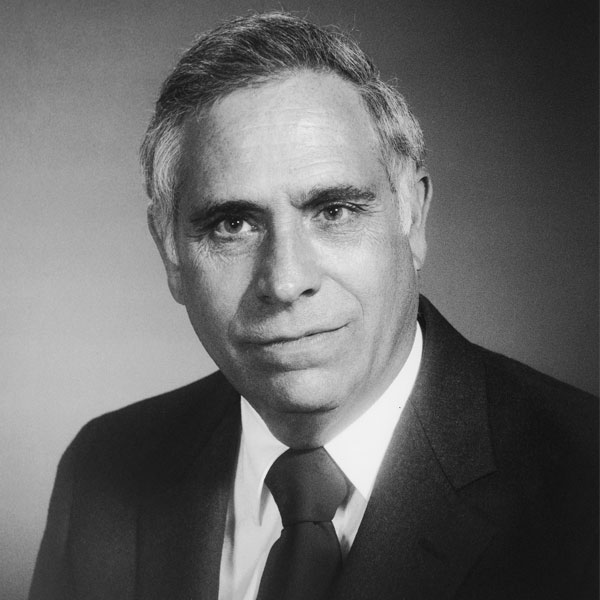
Francis J. Klocke, MD, MACC
(1987 - 1988)
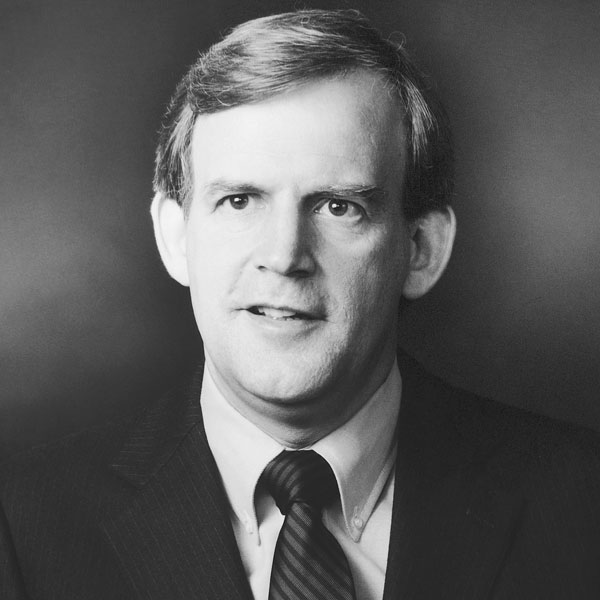
Anthony N. DeMaria, MD, MACC (1988 - 1989)
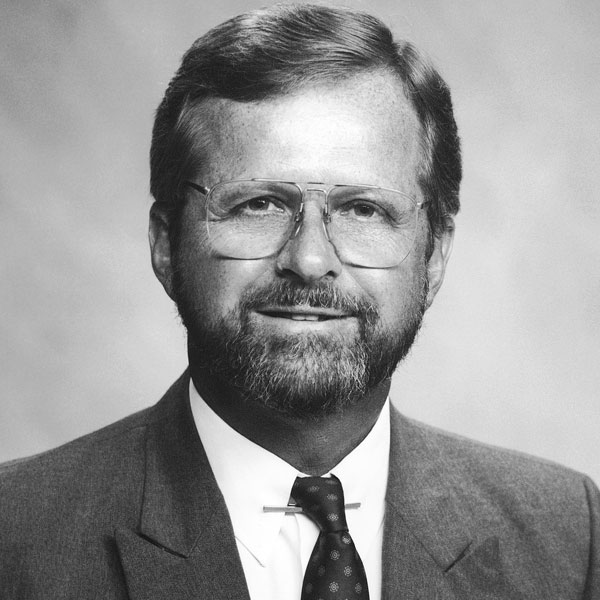
C. Richard Conti, MD, MACC
(1989 - 1990)
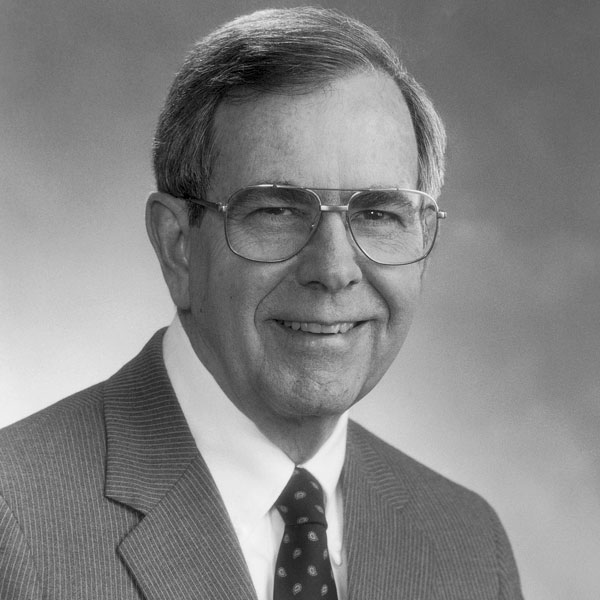
William L. Winters, Jr., MD, MACC (1990 - 1991)
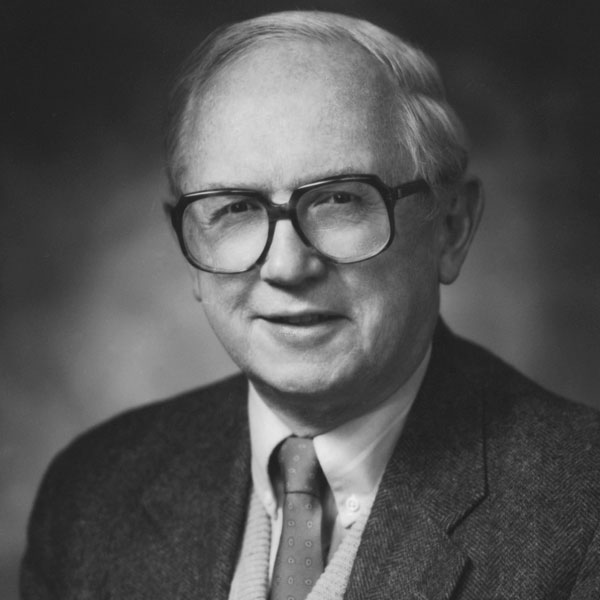
Robert L. Frye, MD, MACC
(1991 - 1992)
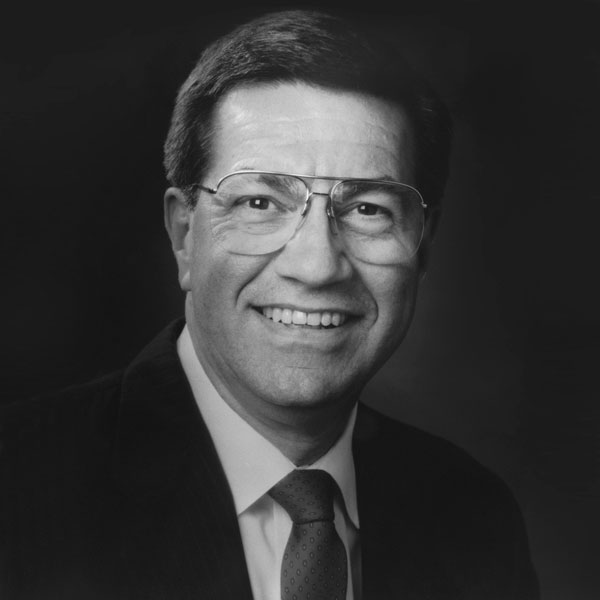
Adolph M. Hutter, Jr., MD, MACC (1992 - 1993)
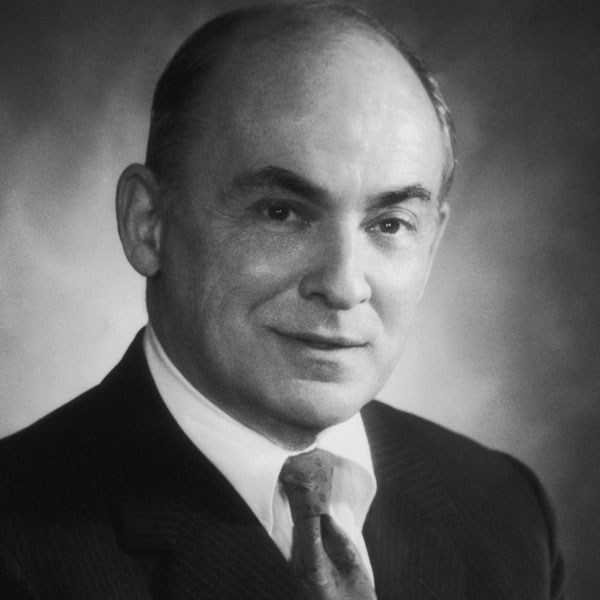
Sylvan Lee Weinberg, MD, MACC (1993 - 1994)
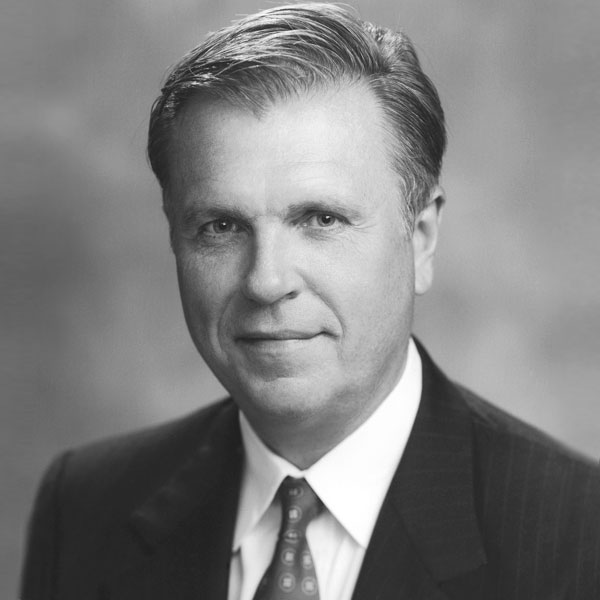
Daniel J. Ullyot, MD, MACC
(1994 - 1995)
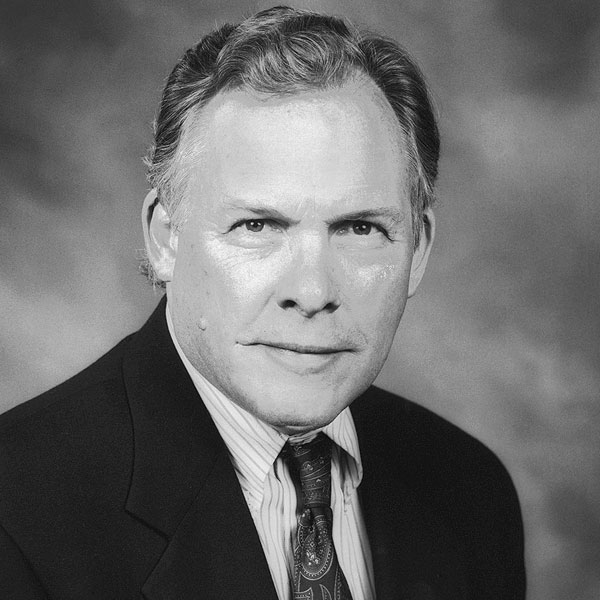
J. Ward Kennedy, MD, MACC
(1995 - 1996)
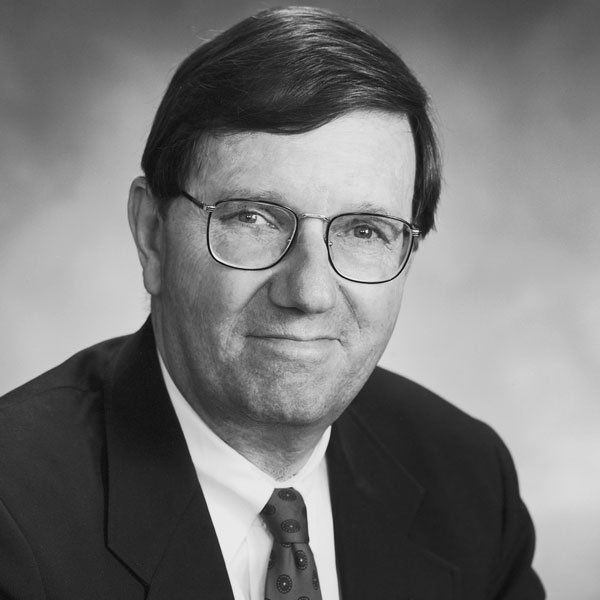
Richard P. Lewis, MD, MACC (1996 - 1997)
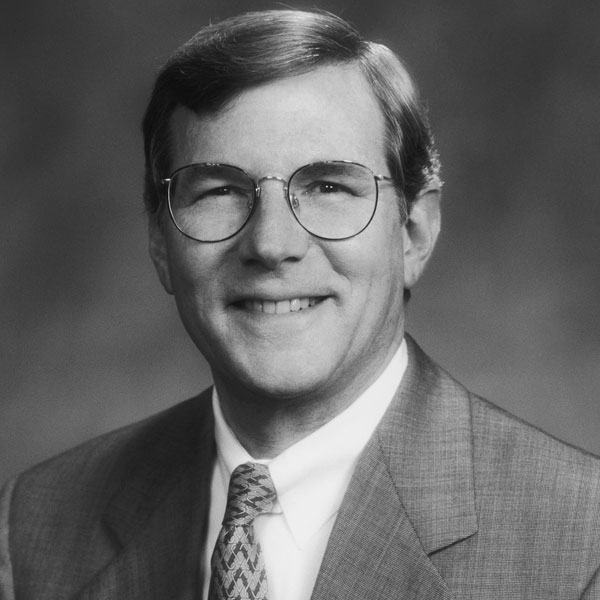
Richard L. Popp, MD, MACC
(1997 - 1998)
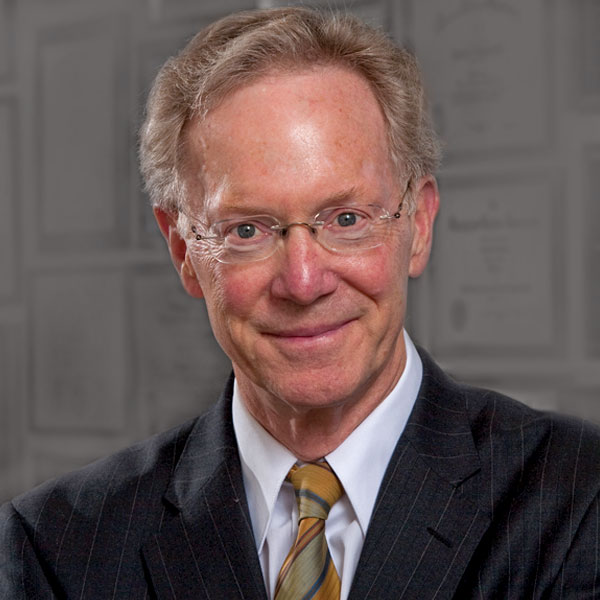
Spencer B. King, III, MD, MACC (1998 - 1999)
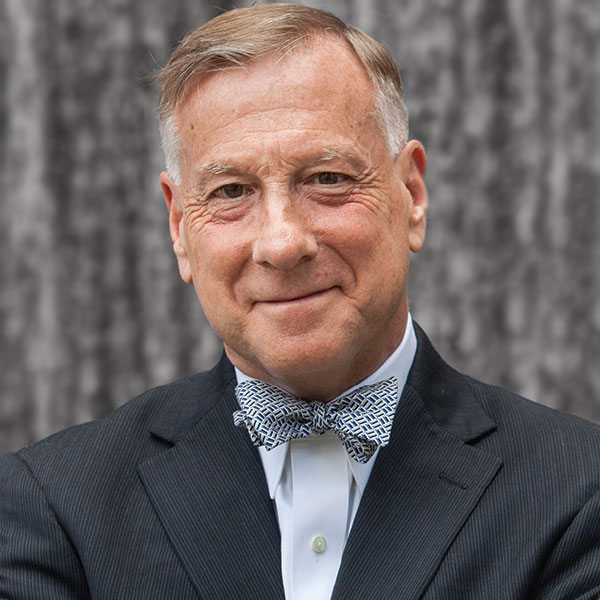
Arthur Garson, Jr., MD, MPH, MACC (1999 - 2000)
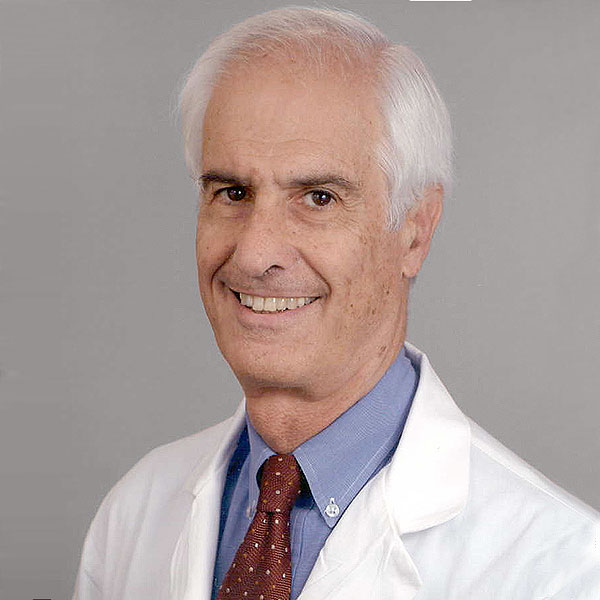
George A. Beller, MD, MACC
(2000 - 2001)
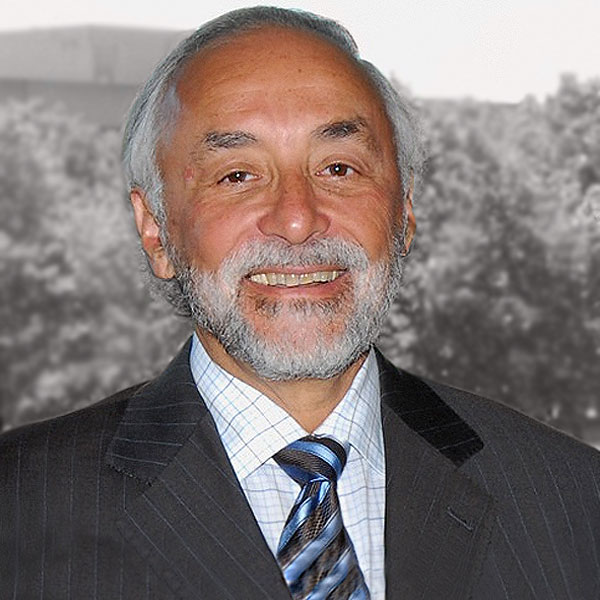
Douglas P. Zipes, MD, MACC
(2001 - 2002)
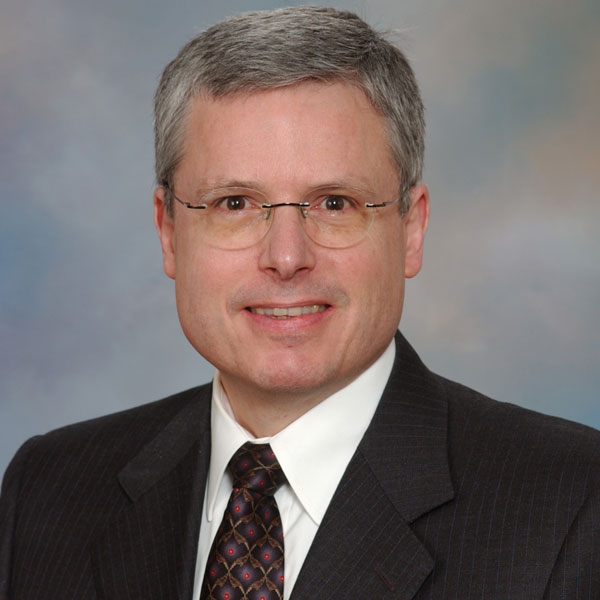
W. Bruce Fye, MD, MA, MACC
(2002 - 2003)
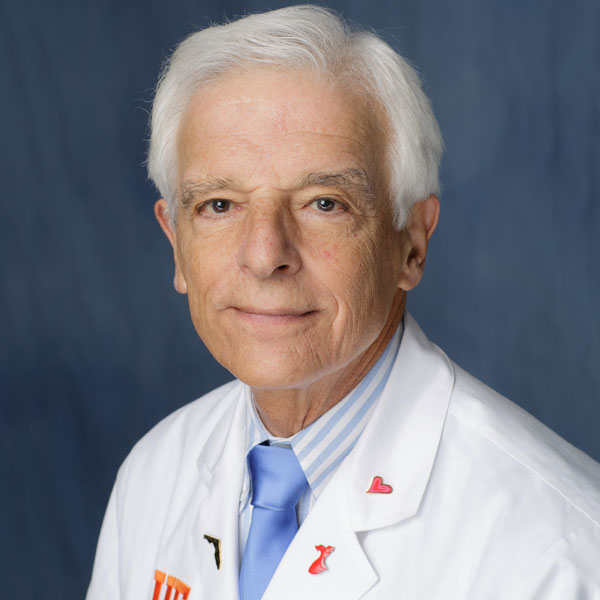
Carl J. Pepine, MD, MACC
(2003 - 2004)
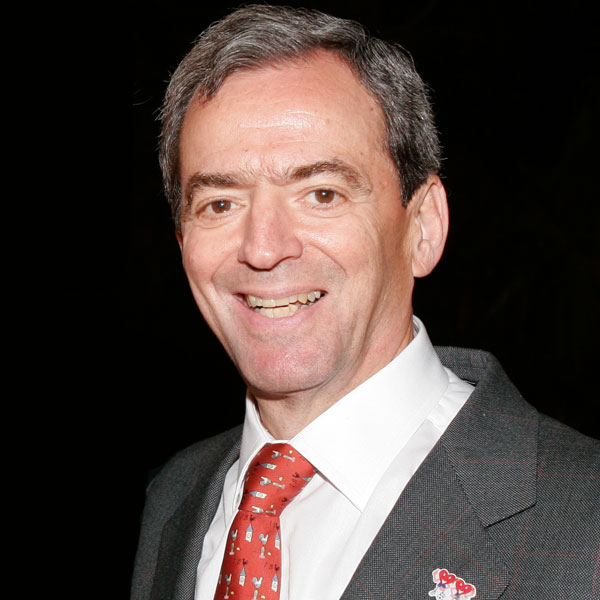
Michael J. Wolk, MD, MACC
(2004 - 2005)
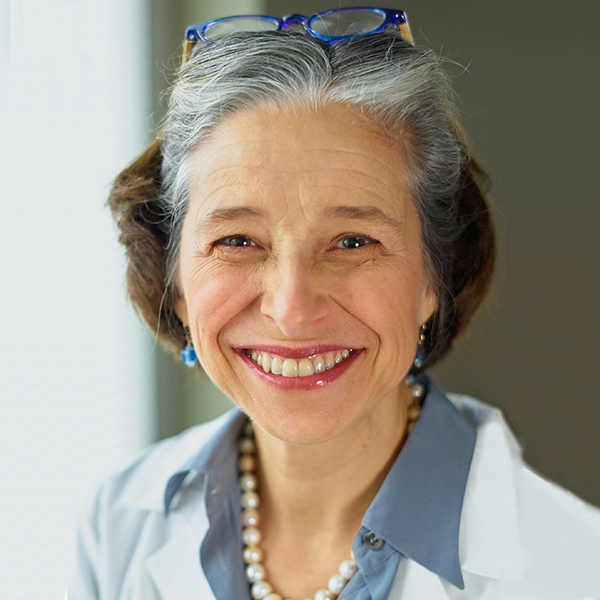
Pamela S. Douglas, MD, MACC (2005 - 2006)
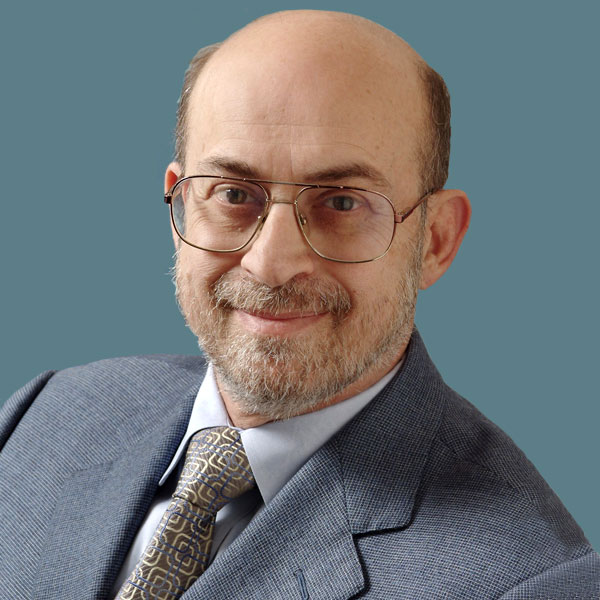
Steven E. Nissen, MD, MACC
(2006 - 2007)
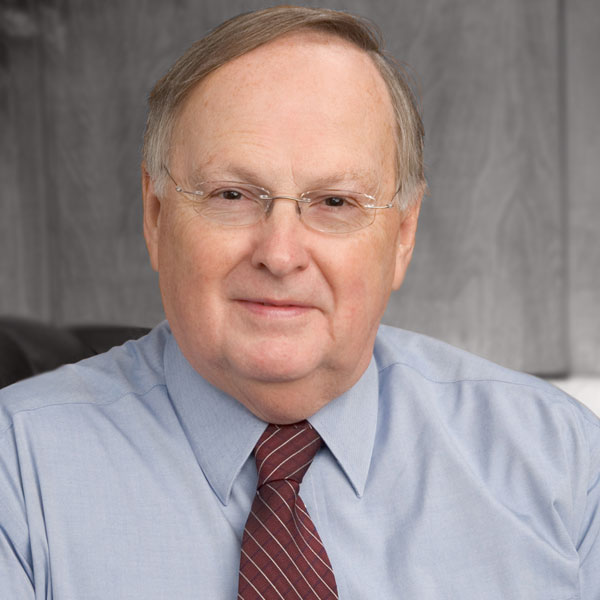
James T. Dove, MD, MACC
(2007 - 2008)
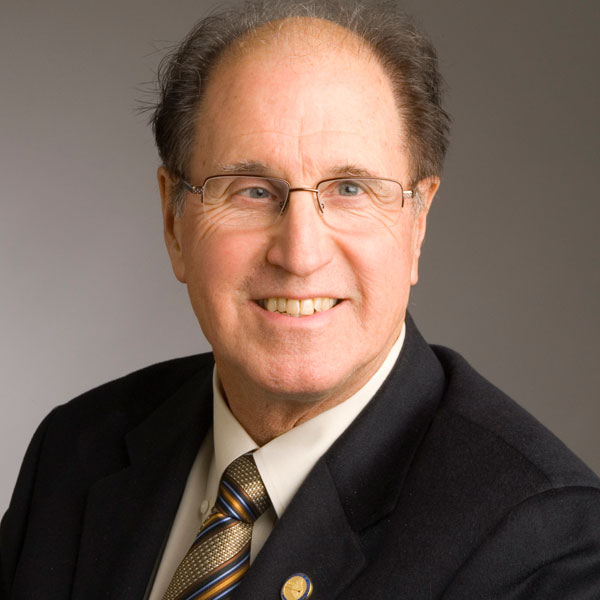
W. Douglas Weaver, MD, MACC (2008 - 2009)
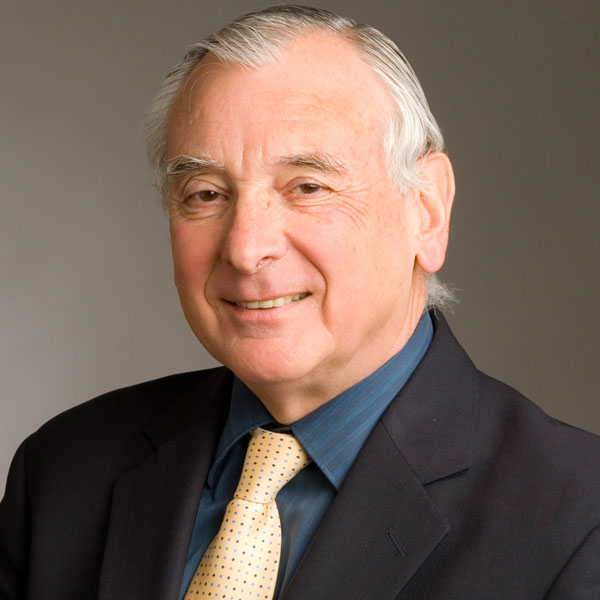
Alfred Bove, MD, PhD, MACC
(2009 - 2010)
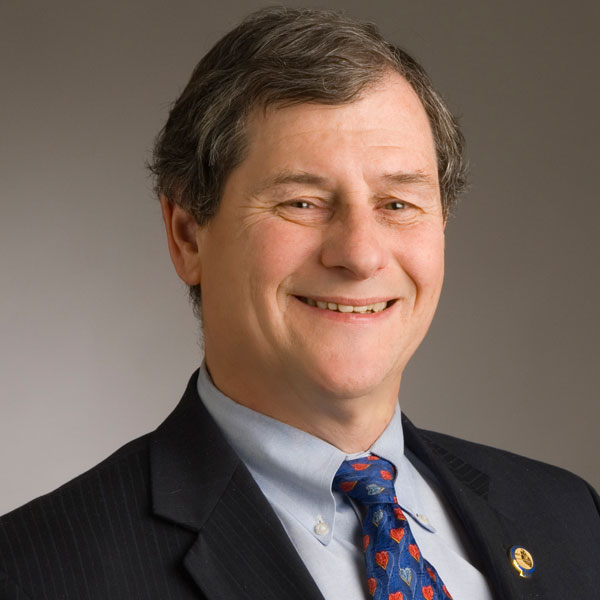
Ralph G. Brindis, MD, MPH, MACC (2010 - 2011)
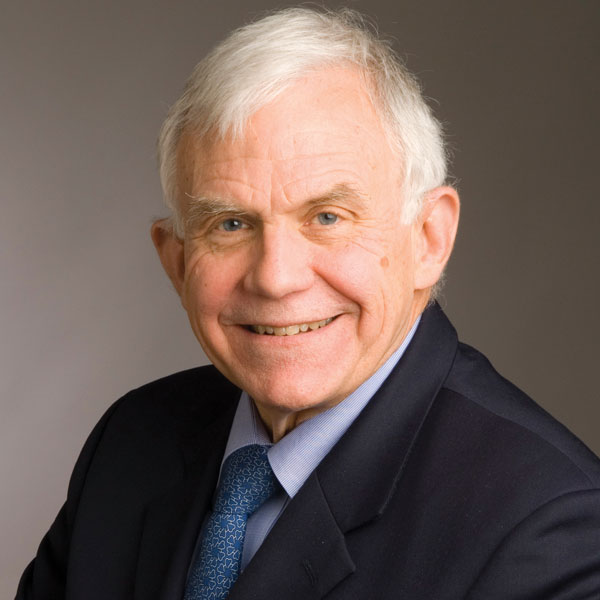
David R. Holmes, Jr, MD, MACC (2011 - 2012)
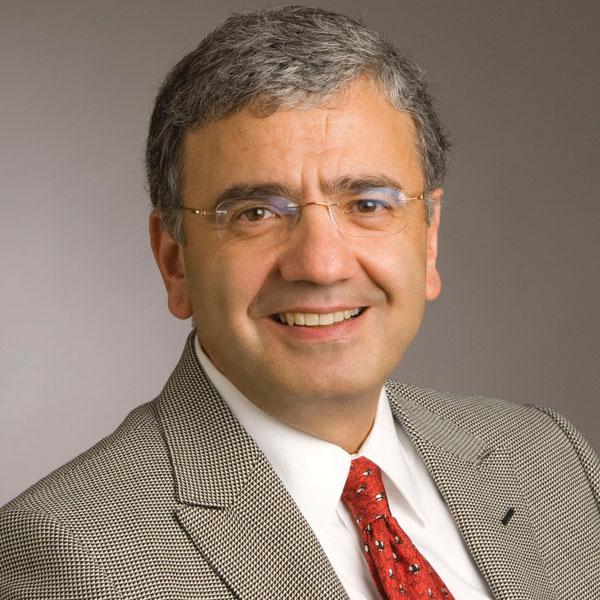
William A. Zoghbi, MD, MACC
(2012 - 2013)
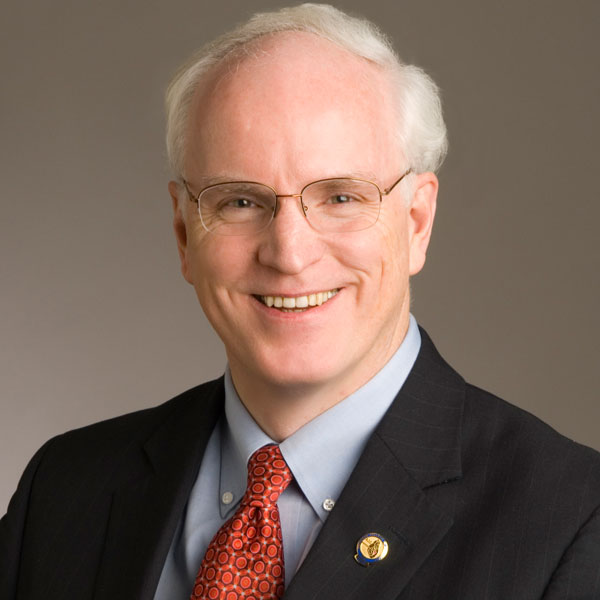
John Gordon Harold, MD, MACC (2013 - 2014)
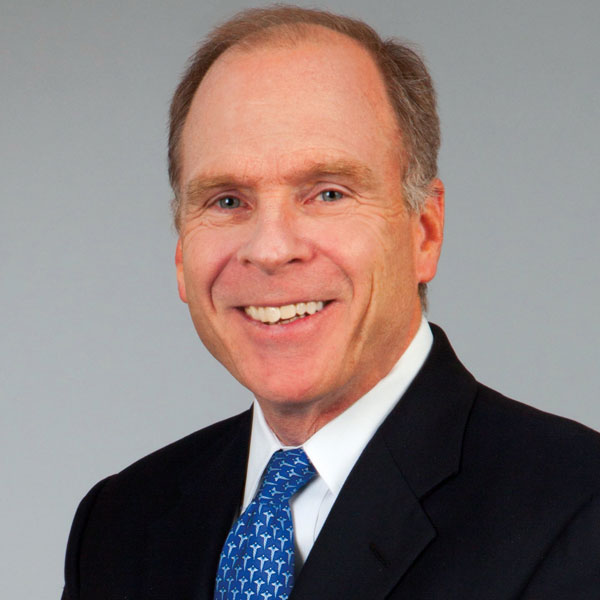
Patrick T. O'Gara, MD, MACC
(2014 – 2015)
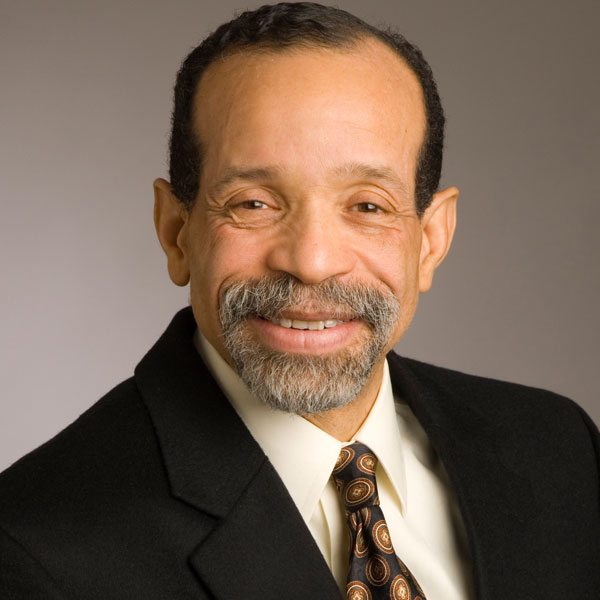
Kim Allan Williams, Sr., MD, MACC (2015 – 2016)
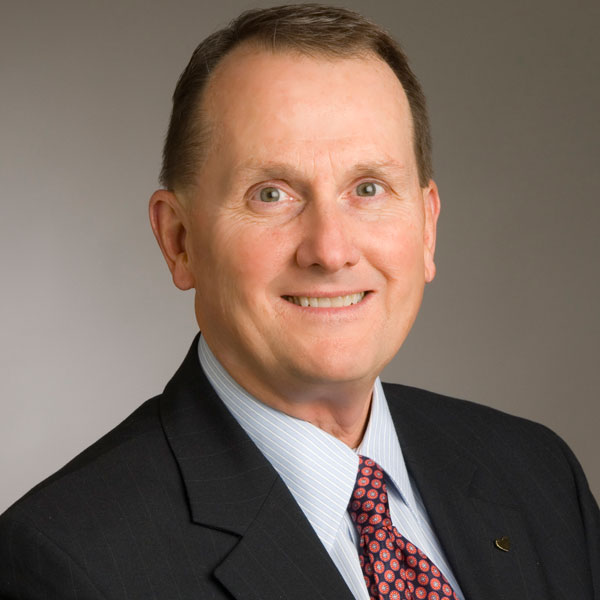
Richard A. Chazal, MD, MACC
(2016 – 2017)
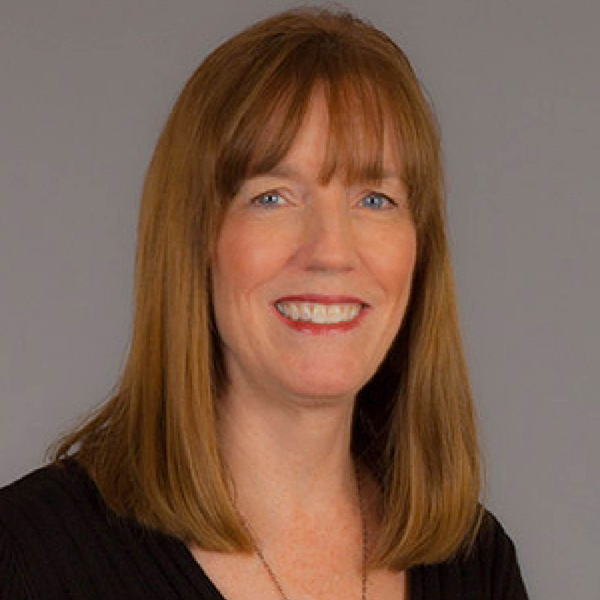
Mary Norine Walsh, MD, MACC (2017 – 2018)
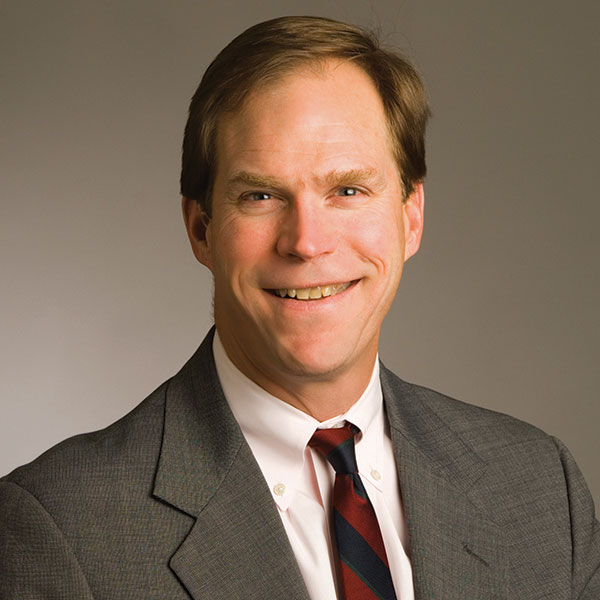
C. Michael Valentine, MD, MACC (2018 – 2019)
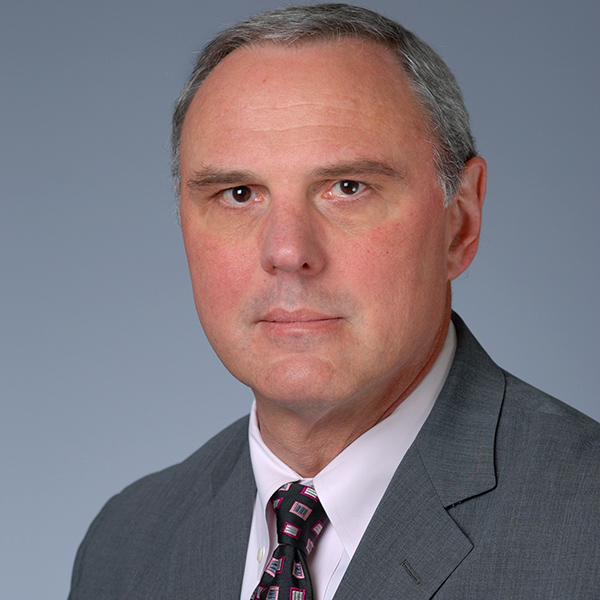
Richard J. Kovacs, MD, MACC
(2019 – 2020)
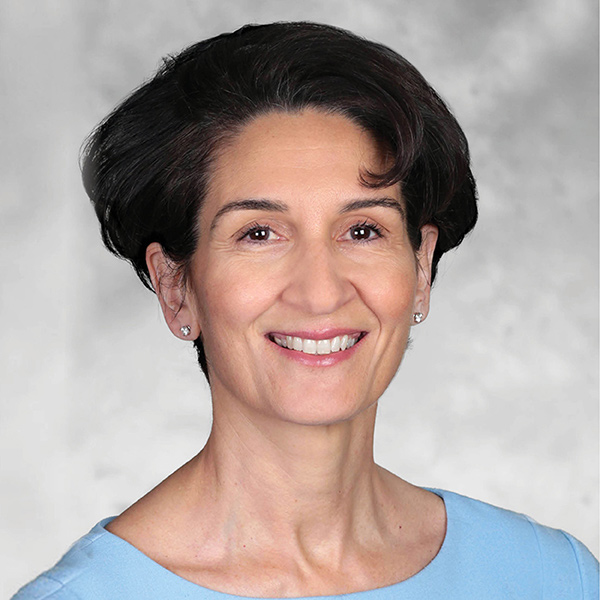
Athena Poppas, MD, MACC
(2020 – 2021)
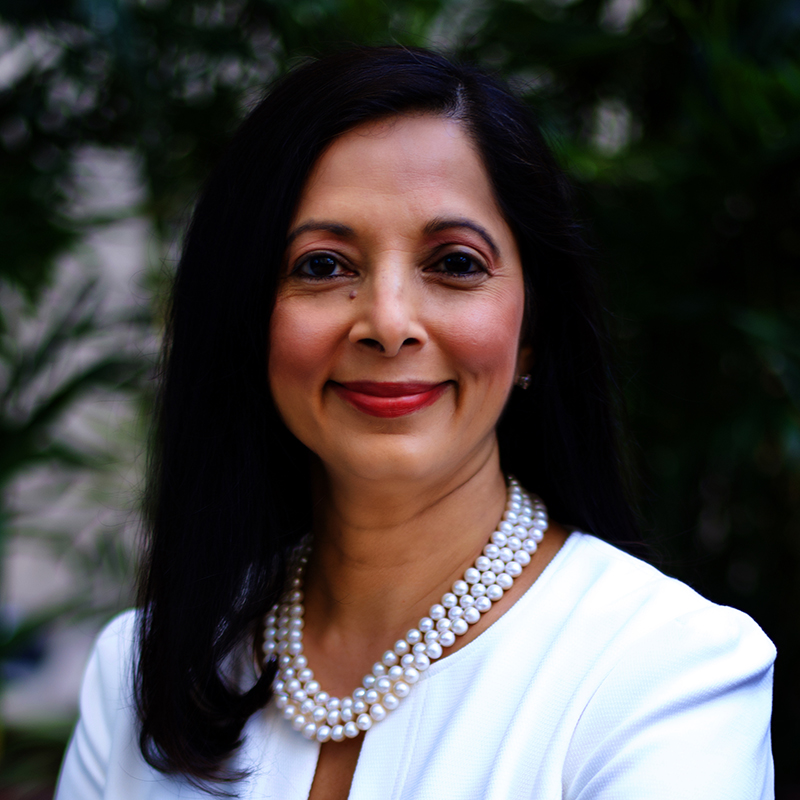
Dipti Itchhaporia, MD, MACC
(2021 – 2022)
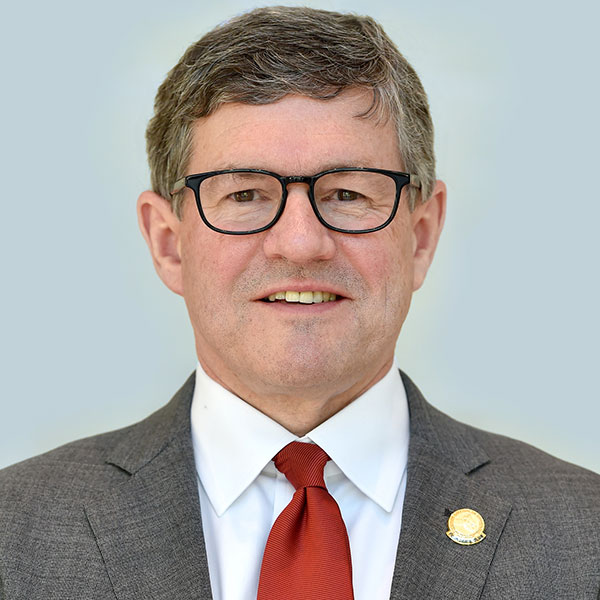
Edward T. A. Fry, MD, MACC
(2022 – 2023)
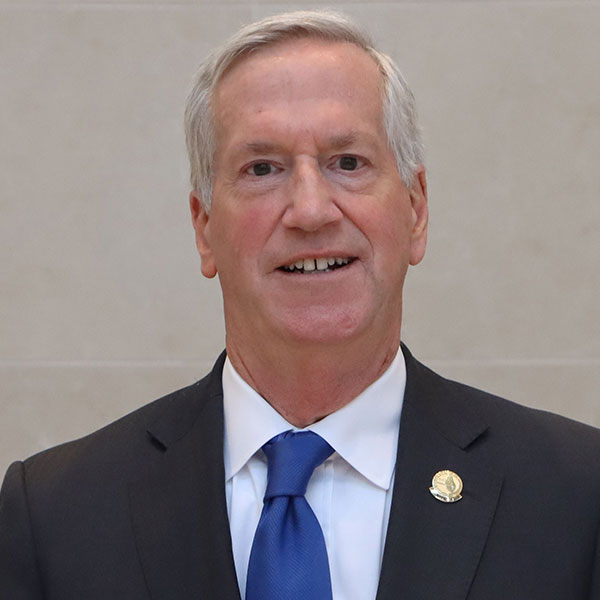
B. Hadley Wilson, MD, MACC
(2023-2024)
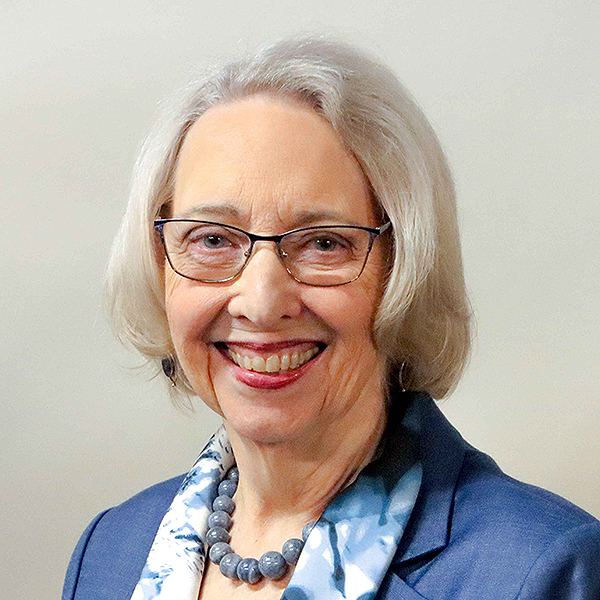
Cathleen Biga, MSN, MACC
(2024-2025)
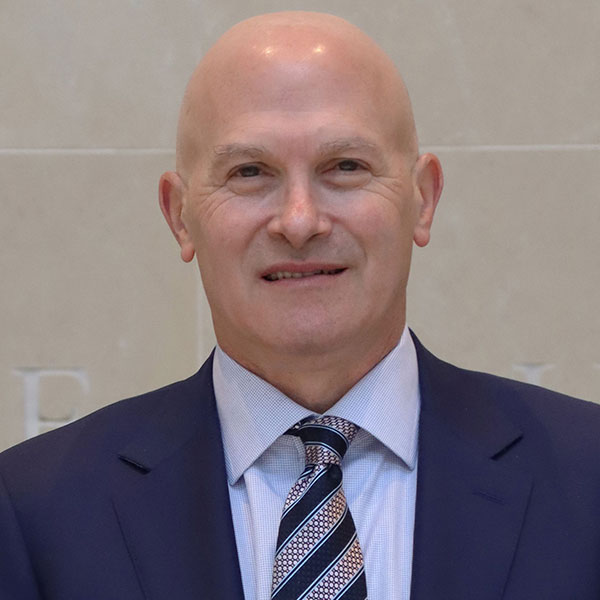
Christopher M. Kramer, MD, FACC
(2025-2026)
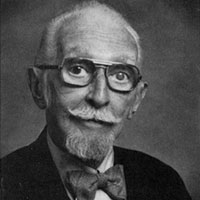 Philip Reichert, MD
Philip Reichert, MD















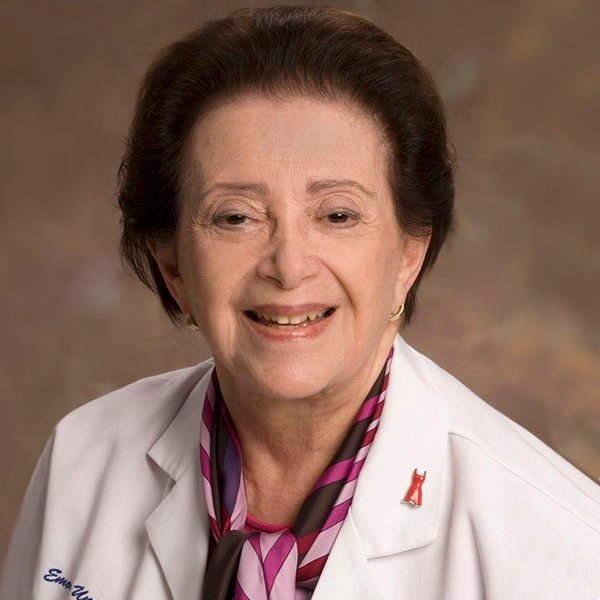

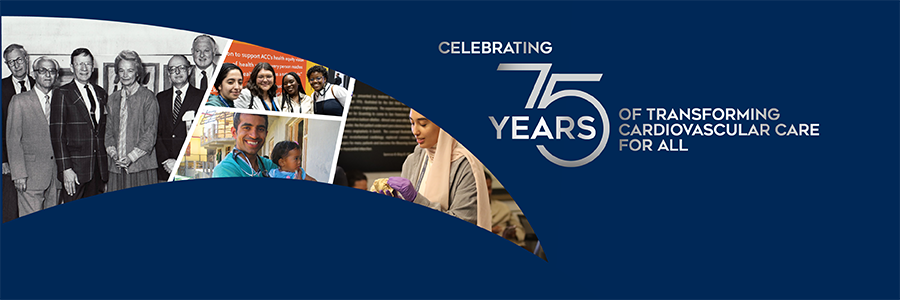
 Eliot Corday, MD, MACC
Eliot Corday, MD, MACC
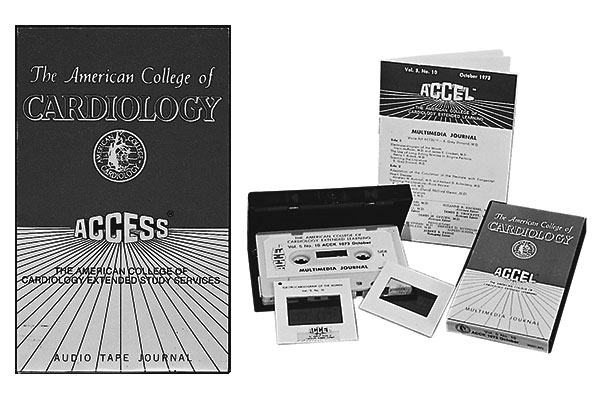
 E. Grey Dimond, MD, MACC
E. Grey Dimond, MD, MACC
 Suzanne Knoebel, MD, MACC
Suzanne Knoebel, MD, MACC
 John Gordon Harold, MD, MACC
John Gordon Harold, MD, MACC
 Franz M. Groedel, MD, MACC
Franz M. Groedel, MD, MACC Bruno Kisch, MD, MACC
Bruno Kisch, MD, MACC Robert P. Glover, MD, MACC
Robert P. Glover, MD, MACC Ashton Graybiel, MD, MACC
Ashton Graybiel, MD, MACC Walter S. Priest, MD, MACC
Walter S. Priest, MD, MACC Simon Dack, MD, MACC
Simon Dack, MD, MACC Geoger R. Meneely, MD, MACC
Geoger R. Meneely, MD, MACC George W. Calver, MD, MACC
George W. Calver, MD, MACC Osler A. Abbott, MD, MACC
Osler A. Abbott, MD, MACC Louis F. Bishop, MD, MACC
Louis F. Bishop, MD, MACC John S. LaDue, MD, MACC
John S. LaDue, MD, MACC George C. Griffith, MD, MACC
George C. Griffith, MD, MACC C. Walton Lillehei, MD, PhD, MACC (1966-1967)
C. Walton Lillehei, MD, PhD, MACC (1966-1967)
 William Likoff, MD, MACC
William Likoff, MD, MACC George E. Burch, MD, MACC
George E. Burch, MD, MACC Bill L. Martz, MD, MACC
Bill L. Martz, MD, MACC William A. Sodeman, Sr., MD, MACC (1970-1971)
William A. Sodeman, Sr., MD, MACC (1970-1971)
 Forrest Adams, MD, MACC
Forrest Adams, MD, MACC Samuel M. Fox, III, MD, MACC
Samuel M. Fox, III, MD, MACC Harold J. C. Swan, MD, PhD, MACC (1973 – 1974)
Harold J. C. Swan, MD, PhD, MACC (1973 – 1974)
 Henry D. McIntosh, MD, MACC (1974 - 1975)
Henry D. McIntosh, MD, MACC (1974 - 1975)
 Charles Fisch, MD, MACC
Charles Fisch, MD, MACC Dean T. Mason, MD, MACC
Dean T. Mason, MD, MACC Leonard S. Dreifus, MD, MACC (1978 - 1979)
Leonard S. Dreifus, MD, MACC (1978 - 1979)
 Borys Surawicz, MD, MACC
Borys Surawicz, MD, MACC Robert O. Brandenburg, MD, MACC (1980 - 1981)
Robert O. Brandenburg, MD, MACC (1980 - 1981)
 Dan G. MacNamara, MD, MACC (1981 - 1982)
Dan G. MacNamara, MD, MACC (1981 - 1982)
 Paul A. Ebert, MD, MACC
Paul A. Ebert, MD, MACC John F. Williams, Jr., MD, MACC (1984 - 1985)
John F. Williams, Jr., MD, MACC (1984 - 1985)
 William W. Parmley, MD, MACC (1985 - 1986)
William W. Parmley, MD, MACC (1985 - 1986)
 John Ross, Jr., MD, MACC
John Ross, Jr., MD, MACC Francis J. Klocke, MD, MACC
Francis J. Klocke, MD, MACC Anthony N. DeMaria, MD, MACC (1988 - 1989)
Anthony N. DeMaria, MD, MACC (1988 - 1989)
 C. Richard Conti, MD, MACC
C. Richard Conti, MD, MACC William L. Winters, Jr., MD, MACC (1990 - 1991)
William L. Winters, Jr., MD, MACC (1990 - 1991)
 Robert L. Frye, MD, MACC
Robert L. Frye, MD, MACC Adolph M. Hutter, Jr., MD, MACC (1992 - 1993)
Adolph M. Hutter, Jr., MD, MACC (1992 - 1993)
 Sylvan Lee Weinberg, MD, MACC (1993 - 1994)
Sylvan Lee Weinberg, MD, MACC (1993 - 1994)
 Daniel J. Ullyot, MD, MACC
Daniel J. Ullyot, MD, MACC J. Ward Kennedy, MD, MACC
J. Ward Kennedy, MD, MACC Richard P. Lewis, MD, MACC (1996 - 1997)
Richard P. Lewis, MD, MACC (1996 - 1997)
 Richard L. Popp, MD, MACC
Richard L. Popp, MD, MACC Spencer B. King, III, MD, MACC (1998 - 1999)
Spencer B. King, III, MD, MACC (1998 - 1999)
 Arthur Garson, Jr., MD, MPH, MACC (1999 - 2000)
Arthur Garson, Jr., MD, MPH, MACC (1999 - 2000)
 George A. Beller, MD, MACC
George A. Beller, MD, MACC Douglas P. Zipes, MD, MACC
Douglas P. Zipes, MD, MACC W. Bruce Fye, MD, MA, MACC
W. Bruce Fye, MD, MA, MACC Carl J. Pepine, MD, MACC
Carl J. Pepine, MD, MACC Michael J. Wolk, MD, MACC
Michael J. Wolk, MD, MACC Pamela S. Douglas, MD, MACC (2005 - 2006)
Pamela S. Douglas, MD, MACC (2005 - 2006)
 Steven E. Nissen, MD, MACC
Steven E. Nissen, MD, MACC James T. Dove, MD, MACC
James T. Dove, MD, MACC W. Douglas Weaver, MD, MACC (2008 - 2009)
W. Douglas Weaver, MD, MACC (2008 - 2009)
 Alfred Bove, MD, PhD, MACC
Alfred Bove, MD, PhD, MACC Ralph G. Brindis, MD, MPH, MACC (2010 - 2011)
Ralph G. Brindis, MD, MPH, MACC (2010 - 2011)
 David R. Holmes, Jr, MD, MACC (2011 - 2012)
David R. Holmes, Jr, MD, MACC (2011 - 2012)
 William A. Zoghbi, MD, MACC
William A. Zoghbi, MD, MACC Patrick T. O'Gara, MD, MACC
Patrick T. O'Gara, MD, MACC Kim Allan Williams, Sr., MD, MACC (2015 – 2016)
Kim Allan Williams, Sr., MD, MACC (2015 – 2016)
 Richard A. Chazal, MD, MACC
Richard A. Chazal, MD, MACC Mary Norine Walsh, MD, MACC (2017 – 2018)
Mary Norine Walsh, MD, MACC (2017 – 2018)
 C. Michael Valentine, MD, MACC (2018 – 2019)
C. Michael Valentine, MD, MACC (2018 – 2019)
 Richard J. Kovacs, MD, MACC
Richard J. Kovacs, MD, MACC Athena Poppas, MD, MACC
Athena Poppas, MD, MACC Dipti Itchhaporia, MD, MACC
Dipti Itchhaporia, MD, MACC Edward T. A. Fry, MD, MACC
Edward T. A. Fry, MD, MACC B. Hadley Wilson, MD, MACC
B. Hadley Wilson, MD, MACC Cathleen Biga, MSN, MACC
Cathleen Biga, MSN, MACC Christopher M. Kramer, MD, FACC
Christopher M. Kramer, MD, FACC